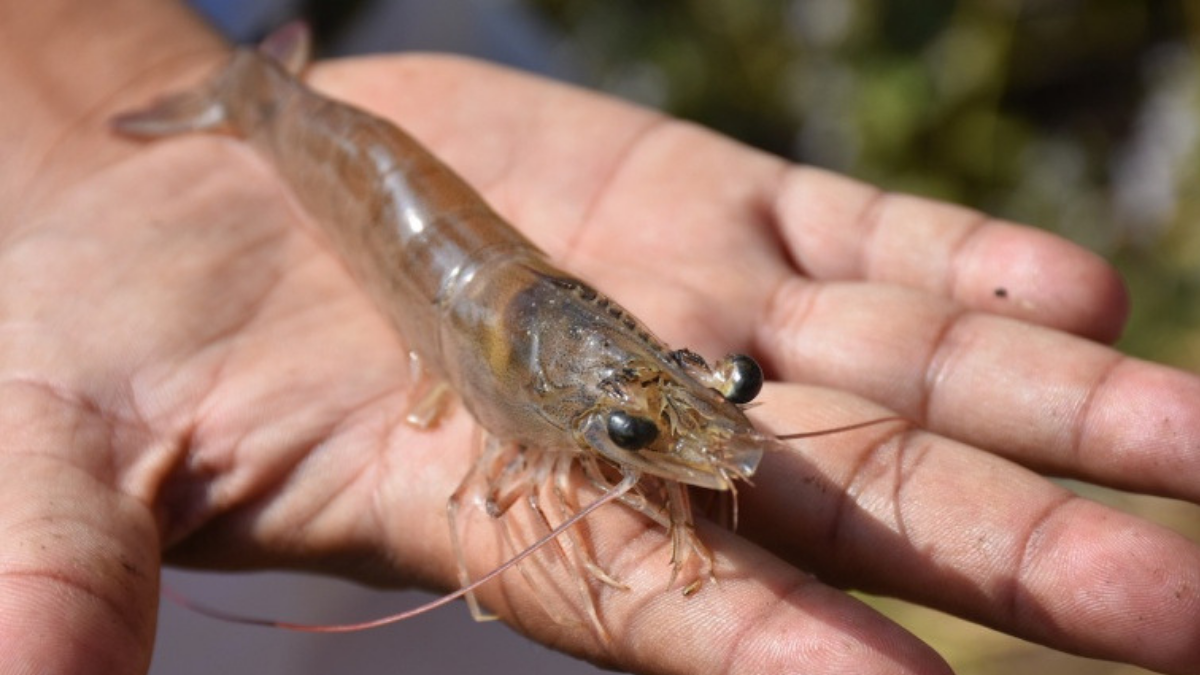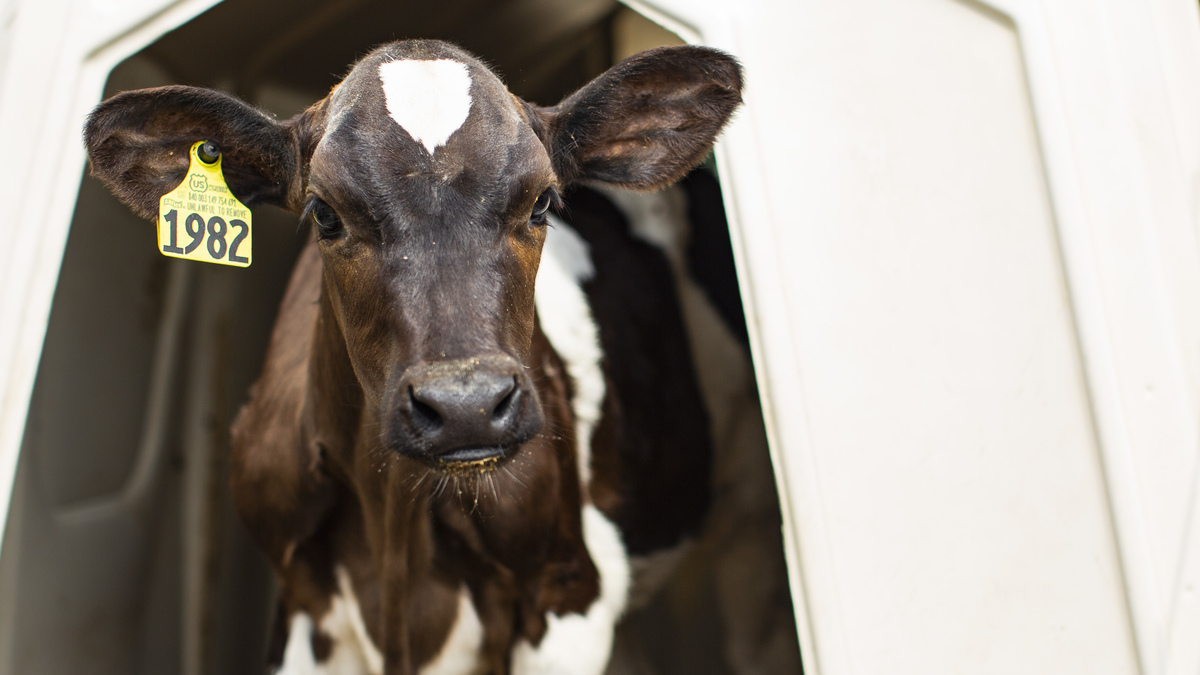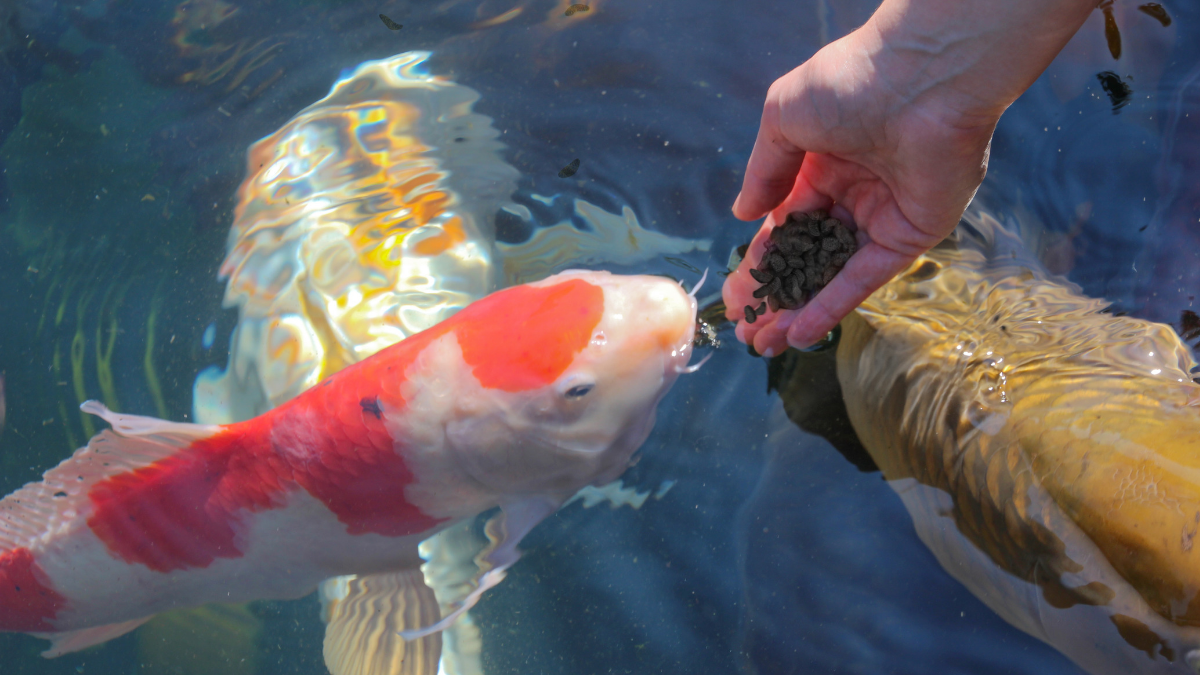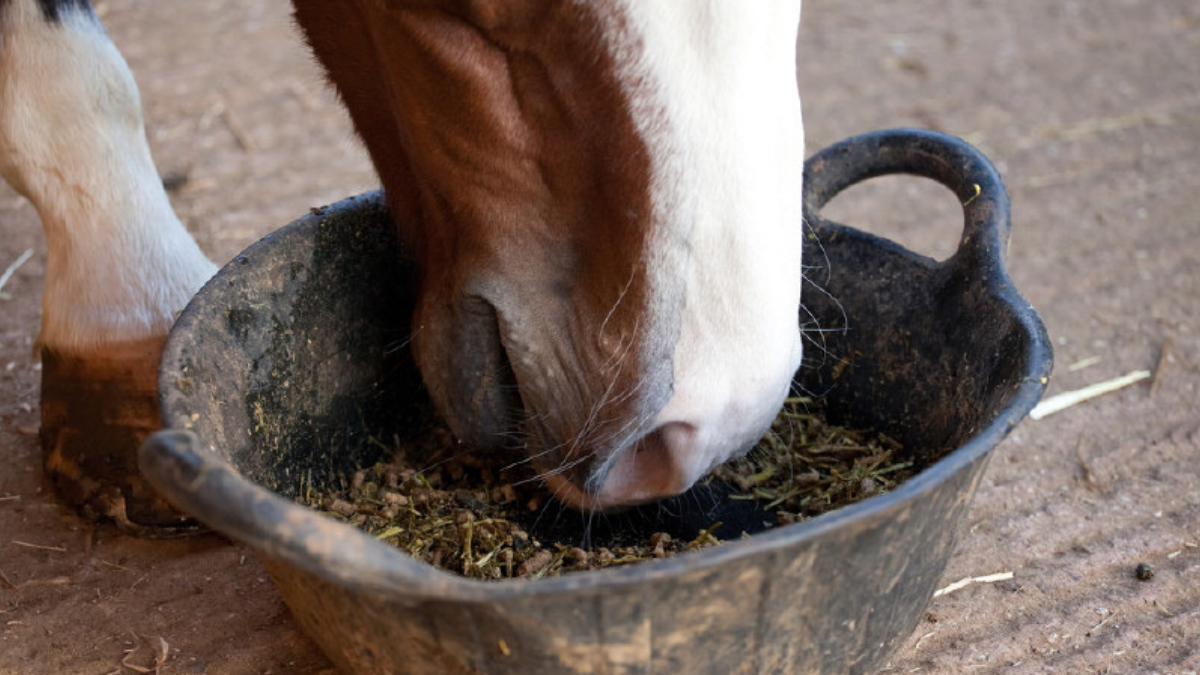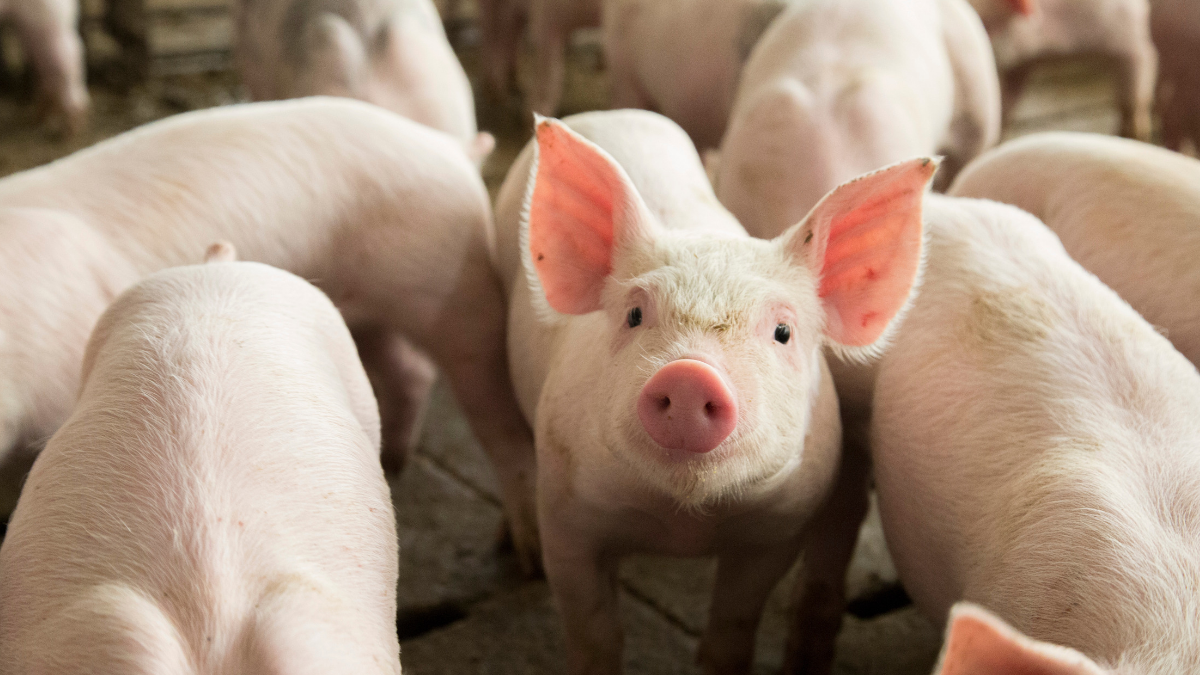Dr. Anna Catharina Berge, owner of Berge Veterinary Consulting BVBA, is a veterinarian with extensive knowledge and skills combining real-life animal husbandry with epidemiological perspectives on animal and public health challenges. She shares with us her insights into the epidemic of African Swine Fever, which has rapidly spread from China to Western Europe, and offers tips on how producers or farms can implement stronger biosecurity measures to mitigate the spread of this disease.
What biosecurity measures should be implemented at the farm level to prevent the transmission of African Swine Fever (ASF)?
The key to protecting a farm from ASF is to have a very high level of external biosecurity. External biosecurity includes herd protection measures that are implemented to reduce the risk of introduction of disease-causing organisms into a farm. The highest risk of introduction of ASF in the farm is through the introduction of live pigs onto a farm; this always presents a risk, and it is very important to source the animals from trusted suppliers and use the highest level of cleaning and disinfection of transports. ASF can also spread on vehicles, equipment and people. Ensure that workers and visitors to the farms have not been in contact with any other pigs prior to entering the farm for 48 hours and that dedicated clothing is used on the farm. Carcass-hauling trucks are high-risk for spreading diseases and should never enter into the farm. ASF in large commercial farms in Russia and Lithuania has been explained by those farms lacking compliance with the biosecurity rules, such as improper disinfection of clothing and boots, or contaminated food brought onto the premises. Contaminated pig meat products have caused several outbreaks on farms, and therefore, no food made from pig meat that has not been properly heat-treated (salami, cured sausages, cold-smoked meats) should be brought onto a farm, and human food waste should not be given to the pigs.
How long does ASF survive, in hot or cold conditions?
ASF is relatively tough and can survive in the environment and in pig carcasses for a long time. ASF virus survival has been estimated in feces and urine up to eight and 15 days, respectively, and five days at 21° Celsius (Davies et al., 2015). Survival times in the environment [of] up to 18 months have been reported. Meat must be heated to at least 70° Celsius for 30 minutes to inactivate ASF virus, and 30 minutes at 60° Celsius for serum and body fluids. Curing and smoking pork products does not destroy the virus.
Is ASF airborne?
The virus is not considered a major airborne virus. The half-life of ASF in the air was, on average, 14 to 19 minutes, as analyzed by PCR, and virus titration respectively (De Carvalho et al., Vet Microbiol 2013, 165:243-51). It can be found in the rooms where infected pigs are present, but airborne transmission is unlikely between farms.
Can we do more to control transmission via wild boar populations?
If the wild boar population becomes infected with ASF, then it is very difficult to control and eradicate the disease. It is very important to not throw any food waste into nature because there are real risks that wild boar can become infected through food waste. It is possible that the current outbreak of ASF in wild boar in the Belgian Ardennes has been due to food waste originating from Eastern Europe. It is very important that there is a good compensation for farmers in the case of ASF outbreaks, so that farmers do not hide outbreaks and discard carcasses in nature, where wild boars can be infected. A large wild boar population increases the risk that infection will spread in the population, and therefore, it is important to keep the wild boar population in control through hunting. The hunting community should have good information and rules to collect wild boar carcasses and notify authorities about any dead pigs seen in nature. A very high external biosecurity — with good, complete fences around the pig farm to prevent wild boars from entering — is very important. Domestic pig farms may want to reduce the risk of wild boar transmission by using extra electric fencing around the farm. (Guinat et al., Veterinary Record (2016) 178, 262-267) https://www.ncbi.nlm.nih.gov/pmc/articles/PMC4819659/pdf/vetrec-2016-103593.pdf
What ingredients are at highest risk for ASF transmission?
We still know relatively little about factors that are important for ASF transmission through contaminated feed. The highest-risk feed ingredients are those pig meat-derived products, or offal. ASF can persist for months in pork meat, fat and skin, and in different types of pork products, such as sausages and salami. Epidemiological studies in the Baltic countries have suggested that fresh grass and seeds potentially contaminated by secretions from infectious wild boars are possible sources of infection for backyard farms.
There are currently studies evaluating the potential for ASF to be transmitted via other feed ingredients (Dee et al. 2018, PLoS ONE 13(3): e0194509.) One study simulated a 30-day feed transport condition for various pig pathogens. ASF virus can survive well without a feed matrix and, therefore, we cannot exclude the possibility that various feed ingredients or combinations thereof can be potentially infectious. The feedstuffs studied that showed risk for virus survival included porcine-based ingredients, soybean meal, soy oil cake, DDGS, lysine hydrochloride, choline chloride, vitamin D, pork sausage casings and dog and cat food.
https://journals.plos.org/plosone/article?id=10.1371/journal.pone.0194509
What dose of ASF is needed in feed to cause infectivity in an animal?
Studies indicate that the infectious route via ingestion is higher than via inhalation. The infectious dose of ASF via the oro-nasal route was estimated to be 10 HAD50 (Gallardo et al., 2013). Since pigs can excrete high levels of ASF in feces, urine and saliva, even a small amount of infective material could lead to transmission. Up to 109 HAD50/ml could be detected in blood and up to 105 HAD50/ml in saliva, urine or feces. Fecal samples may remain infective for five days at room temperature and have been found positive even after 11 days when kept at room temperature in the dark. (Davies et al., 2017, Transboundary and Emerging Diseases 64:425-431)
Compared to porcine epidemic diarrhea virus (PEDV), why is ASF such a concern for pig health and welfare?
ASF is a haemorrhagic fever of domestic pigs that usually causes very high mortality within a short time after infection. There are no treatments or vaccines available for ASF, and all pigs that are not clinically affected on a farm will be culled immediately when it has been diagnosed. ASF is list A disease of the World Organization for Animal Health (OIE) and, as such, is governed by trade regulations and restrictions. ASF in a country or region leads to serious restrictions on pig movement, and trade restrictions. In farms that have been diagnosed with ASF, it leads to slaughter and destruction of all pigs. PEDV is a production disease that mainly affects younger pigs, and there are vaccines available to reduce the impact of that disease. PEDV in a country or region does not result in the same huge financial impact on the pig industry. PEDV is not an OIE-listed disease, and there are currently no trade restrictions pertaining to PEDV in Europe and USA.
Can I analyze feed or ingredients for ASF?
There are ASF real-time PCR kits for testing animals for ASF. However, there are no good methodologies for testing feed on a commercial basis.
Should we stop importing or using all ingredients from China and other regions affected?
The OIE and the World Trade Organization (WTO) have set up rules regarding the trade of animal products in relation to these type-A epizootic diseases. The OIE and WTO rules should be respected and are deemed enough to protect countries from spread of disease. There is legislation governing trade and regionalization of countries regarding these diseases. Safe trade in meat and meat products around the world is built on the understanding that government veterinary authorities in the country of origin inspect and certify products in accordance with the requirements of the country of destination. It is recommended to take precautions according to what is recommended by the national veterinary authorities. Contact your national veterinary authority for information regarding trade and precautions.
Should we stop porcine-to-porcine feeding?
Feeding unheated swill can present a risk for ASF if the swill contains pig meat from countries or regions where ASF is present. Swill feeding is regulated by national legislation. If the national legislation allows swill feeding, then it is very important to assure that the swill is thoroughly heated to avoid any risks of transmission of the virus through swill. Countries have, for decades, controlled international garbage, including food waste from ships, airlines and international conveyances. These controls require all international garbage to be disposed of appropriately and not to be used as animal feed. Remember that a small thing — such as bringing back salami from an infected region and throwing the kitchen waste to the pigs — may be enough to trigger an outbreak. Contact your local veterinary authorities to obtain further information regarding the current legislation and recommendations for swill feeding.
How long should I quarantine high-risk ingredients from ASF- positive countries?
At this time, a specific timeframe cannot be recommended, as there are numerous factors that impact the survival of the virus in various environments. There is currently research on risk-mitigation solutions, including potential feed additive risk-reduction products; a reliable test for bulk feed shipments; potential holding time, to allow any viruses present to degrade before processing; minimum infectious doses of ASF from feed materials; HACCP-like approaches; and blockchain, to verify feed safety from the point of origin through delivery. Models indicate that ASF can survive conditions equivalent to trans-ocean shipping and distribution. The best guarantees for ASF risk reduction can be obtained by ensuring that the supplier of the product has implemented high biosecurity measures, traceability and/or SOP to protect ingredients against ASF.
With all the uncertainty surrounding them, what can swine producers and feed mills do to prevent ASF?
The highest level of biosecurity is critical to prevent the introduction of ASF into pig farms and to introduce potentially contaminated feed into feed mills. Feed mills and farms should ensure that the supplier of the products/pigs has implemented a high degree of biosecurity, traceability, documentation and third-party certification, to ensure that the risk of ASF contamination is as small as possible. All traffic onto the premises needs to be strictly controlled. Truck disinfection, live animal transport cleaning and disinfection, [and] dedicated roads for feed introduction and all other traffic should be strictly controlled. Reduce contacts with other pig producers, and always have farm-specific clothing and boots that never go outside of the farm. Ensure that workers understand the importance of all biosecurity measures and the importance of segregating the inside of the unit from the outside.
I want to learn more about how to protect my herd.















